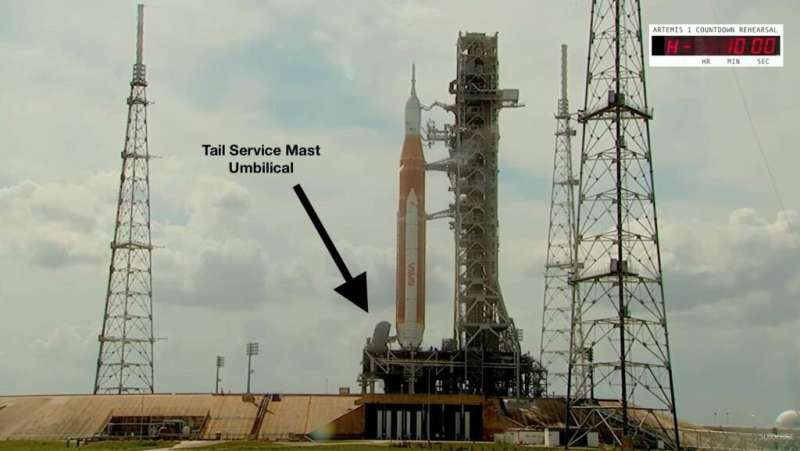The SLS is an ambitious endeavor that has cost over $50 billion to be developed and will cost an estimated $4.1 billion per launch. At that price, NASA had better get it right. Many people think that we won't see it launch more than once or twice before it is decommissioned, due to the capabilities and much lower costs that private space launch companies are promising in the near future.
Regardless, it has been built and will fly. They just have to work out the problems first. This latest test exposed a leak in the tail service mast unit (which connects to the core stage), on the purge canister, which none of the contingency plans helped alleviate. The slow-fill phase went well but when the fast-fill phase began the leak was detected and operations were aborted.
The good news is that there are only a few things on the purge canister that could be the problem and NASA teams will attempt to troubleshoot it to make repairs. They will be checking for anything loose or obvious. Ambient leak checks can be done as well as leak checks made with haz-gas detection equipment.
The rocket will be rolled back into the Vehicle Assembly Building (VAB) to replace a faulty upper stage check valve as well as to repair the leak. Teams will also use the opportunity to review schedules and options to demonstrate propellant loading operations.
Later today NASA will hold a teleconference to discuss the status of the next wet dress rehearsal test. The issues the teams are encountering are not completely unexpected and somewhat in line with what NASA dealt with when testing their previous rockets. With billions of dollars having been spent already we can be sure they will take the time needed to get it repaired and ready to go. Just how many times we get to see it fly remains to be seen.
Explore further



